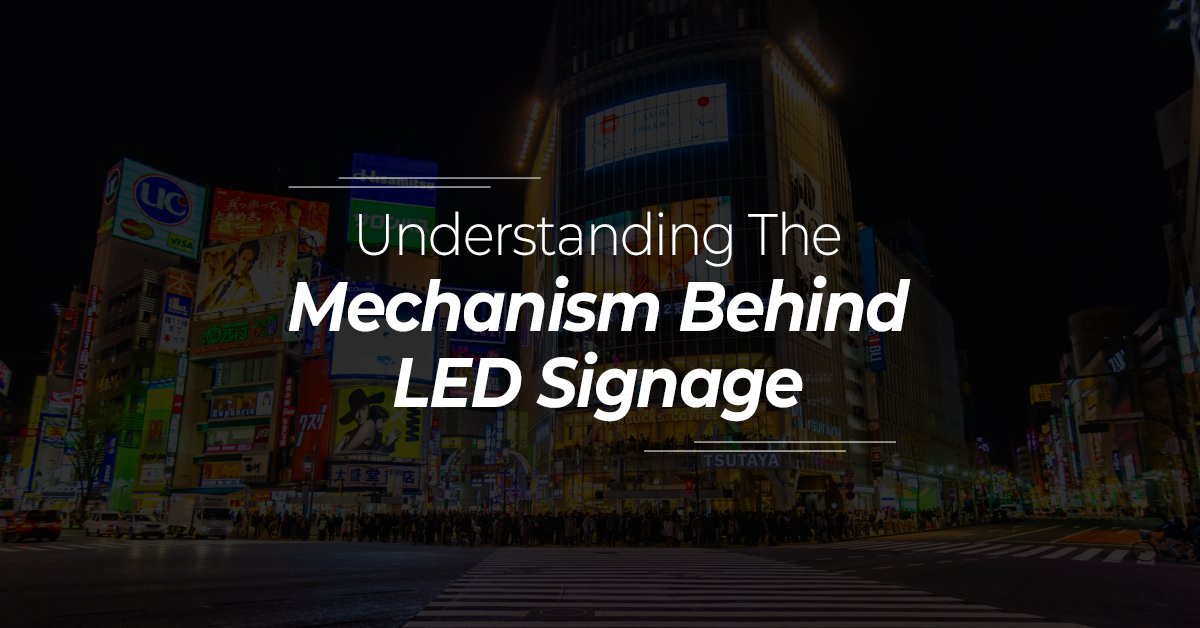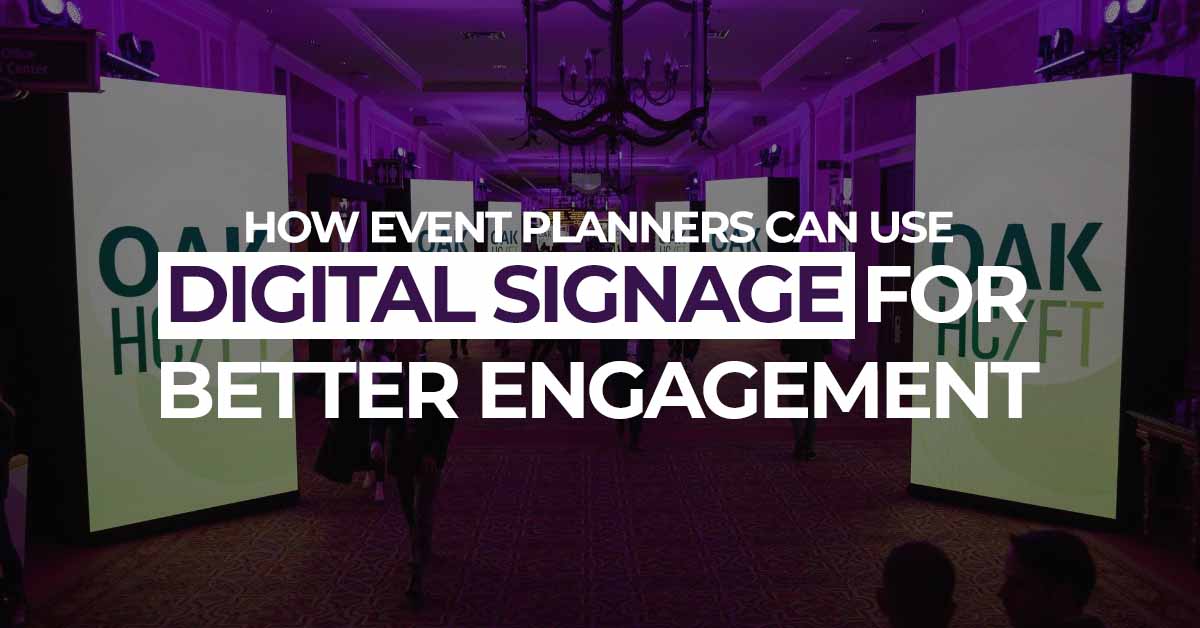In today’s bustling urban landscapes, LED signage has become an integral part of our visual environment. From towering billboards along highways to vibrant displays in shopping malls, these luminous panels captivate our attention and convey information with remarkable clarity and brightness. But have you ever wondered about the intricate mechanisms that power these dazzling displays?
In this blog by Hitech Vision, we delve into the fascinating world of LED Sign Boards in Chennai, unraveling the technology behind their functioning and exploring the various components that make them tick.
The Basics of LED Signage
LED, short for Light-Emitting Diode, serves as the backbone of LED signage technology. Unlike traditional incandescent bulbs or fluorescent tubes, LEDs are devices that show light when an electric current passes through them. This property allows LEDs to be highly energy-efficient, durable, and capable of producing vibrant colors.
LED signage typically consists of thousands of individual LED modules arranged in a grid pattern. Each module contains multiple LEDs, along with supporting circuitry, housed within a protective casing. These modules are seamlessly interconnected to form a larger display panel, which can range in size from small storefront signs to expansive digital billboards.
The Mechanism Unveiled
Light Generation:
At the heart of every LED module lies the LED chip, a tiny semiconductor device that generates light when energized. The chip is encapsulated within a lens, which helps to focus and diffuse the emitted light. Depending on the application, LEDs can be categorized into different types, such as through-hole LEDs or surface-mount LEDs, each offering unique advantages in terms of size, brightness, and viewing angle.
Control Circuitry:
To achieve dynamic displays and precise control over brightness and color, LED signage Chennai relies on the sophisticated control circuitry. This circuitry includes components such as drivers, microcontrollers, and communication interfaces, which coordinate the operation of individual LEDs and synchronize their behavior to produce coherent images and animations.
Power Supply:
LEDs require a stable source of electrical power to function reliably. The power supply unit (PSU) converts standard AC voltage from the mains into low-voltage DC power suitable for driving the LEDs. PSUs are designed to meet the specific power requirements of the LED signage system, ensuring optimal performance and longevity.
Display Matrix:
LED modules are arranged in a matrix formation, with rows and columns of LEDs forming a grid-like structure. Each LED can be controlled to emit light at varying intensities, allowing for the display of text, graphics, and videos. By selectively activating different combinations of LEDs, the display can create complex images with remarkable precision.
Pixel Pitch and Resolution:
The clarity and sharpness of an LED display are determined by its pixel pitch, which refers to the distance between adjacent LEDs. A smaller pixel pitch results in higher resolution and finer detail, making it suitable for applications where close viewing is common, such as indoor signage or digital displays in auditoriums. Larger pixel pitches are used for outdoor billboards and stadium screens, where viewing distances are greater.
The Advantages of LED Signage
- Energy Efficiency: LEDs consume very little energy compared to traditional lighting technologies, making them cost-effective and environmentally friendly.
- Durability: LEDs have a long operational life, often exceeding 50,000 hours of continuous use, reducing maintenance costs and downtime.
- Brightness and Visibility: LED signage delivers vibrant colors and high brightness levels, ensuring excellent visibility even in broad daylight or under challenging lighting conditions.
- Flexibility: LED displays can be easily customized to suit various shapes, sizes, and applications, offering versatility and creative freedom to designers and advertisers.
Conclusion:
LED signage represents a marriage of cutting-edge technology and visual communication, offering unparalleled brightness, clarity, and versatility. By harnessing the power of LEDs, advertisers, businesses, and public institutions can captivate audiences, convey messages effectively, and create immersive experiences in both indoor and outdoor environments. As LED technology continues to upgrade, we can expect even more innovative applications and stunning displays to illuminate our world.
In this blog, we’ve only scratched the surface of the intricate mechanisms behind LED Sign Boards in Chennai. From the microscopic world of semiconductor physics to the macroscopic realm of urban landscapes, LED technology pushes the boundaries of what’s possible in visual communication. As we look to the future, one thing is certain: the future of signage is bright, thanks to the brilliance of LEDs.






